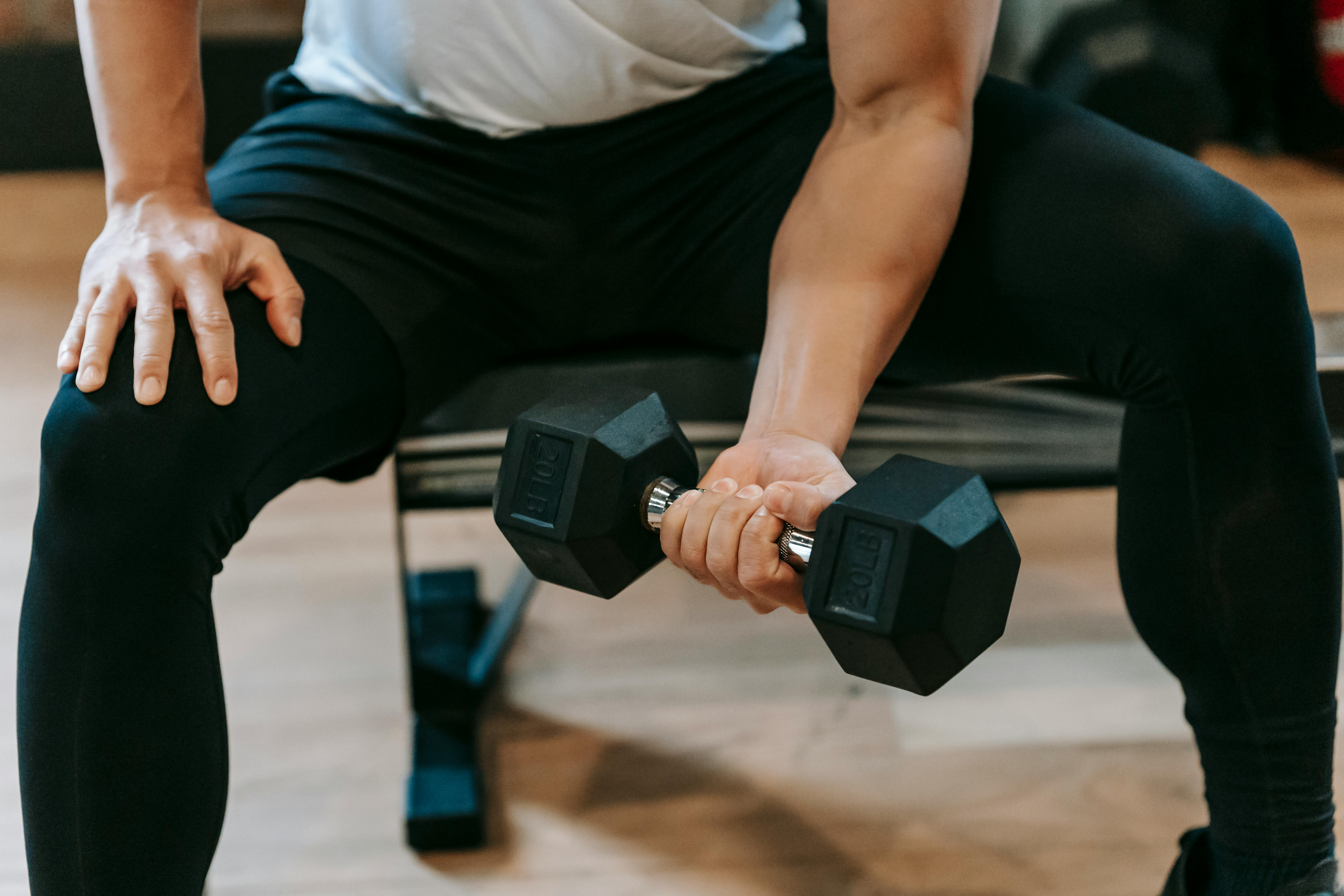Most people want to be fit, but that begs a question. What does it mean to be fit? The answer is quite simple. To be fit, one must have physical ability in four areas: aerobic capacity, muscular strength and endurance, flexibility, and body composition.
1. aerobic capacity. Aerobic capacity, also known as cardiorespiratory fitness, refers to the health and function of the heart, lungs, and circulatory system. Simply put, aerobic fitness is the ability of the cardiorespiratory system to deliver an adequate supply of oxygen to exercising muscles. As your aerobic capacity increases, so does your ability to engage in longer-duration, more intense exercise (eg, walking, running, swimming, and bicycling). It can be argued that aerobic capacity is the most important of the four elements of fitness due to the health benefits it confers. According to the American College of Sports Medicine, increased aerobic capacity leads to reduced blood pressure, decreased total cholesterol, increased HDL (good) cholesterol, decreased body fat, increased heart function, and decreased heart rate. risk of type 2 diabetes.
two. Muscular strength and endurance. Muscular strength is the maximum amount of force that a muscle or muscle group can generate during a single contraction. Muscular endurance is the number of repeated contractions a muscle or muscle group can perform without tiring. Both are important components of overall fitness because increasing your strength through various types of resistance training (for example, weight lifting) leads to increased bone strength, decreased bone loss, decreased muscle loss, increased tendon and ligament strength, increased physical capacity, improved metabolic function (eg, burning more calories at rest), and reduced risk of injury.
3. flexibility. Flexibility is the range of motion within a joint. Increased flexibility provides a variety of benefits, such as decreased risk of injury, increased flow of blood and nutrients to joint structures, increased neuromuscular coordination, decreased risk of low back pain, improved posture and reduction of muscle tension.
Four. body composition. Body composition refers to the relative percentage of body weight that consists of body fat and fat-free mass (everything that is not fat, such as muscle, organs, blood, bone, and water). Generally speaking, the lower the percentage of body fat, the better due to diseases related to excess body fat, such as heart disease, diabetes, hypertension, arthritis, and sleep disorders. I am often asked, “Can you be fat and fit?” The answer is a definit no. A significant element of fitness is having a healthy body fat percentage because increased fat leads to decreased athletic performance and increased risk of disease (although it is possible to be overweight and healthy as health is simply the absence illness or disease). According to the American Council on Exercise, the average body fat percentage for men is 18-24%. For fit men, the percentage is 14-17%. The average percentage for women is 25-31%; however, fit women will be in the 21-24% range. Body fat percentages above 25% for men and 32% for women are considered obese.
